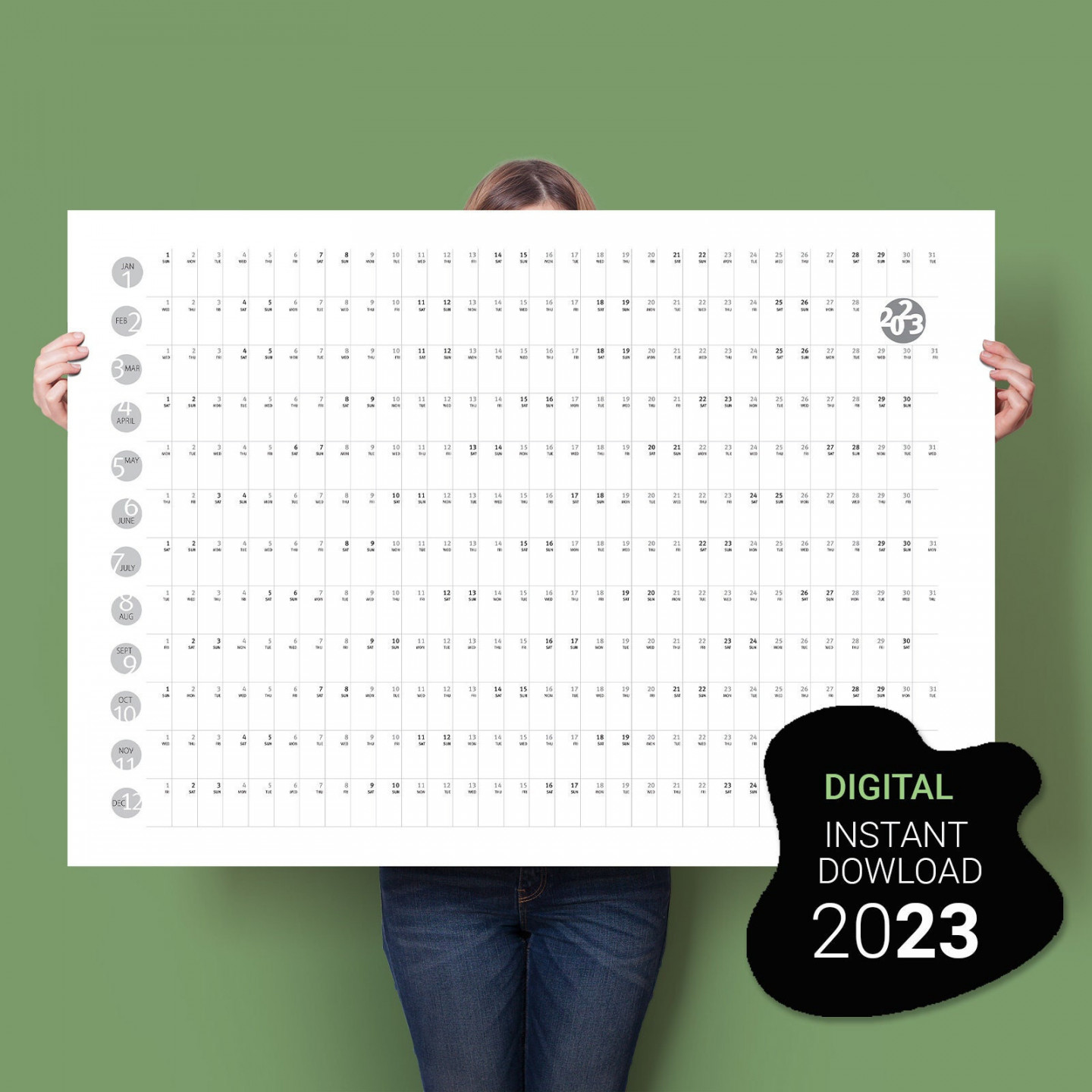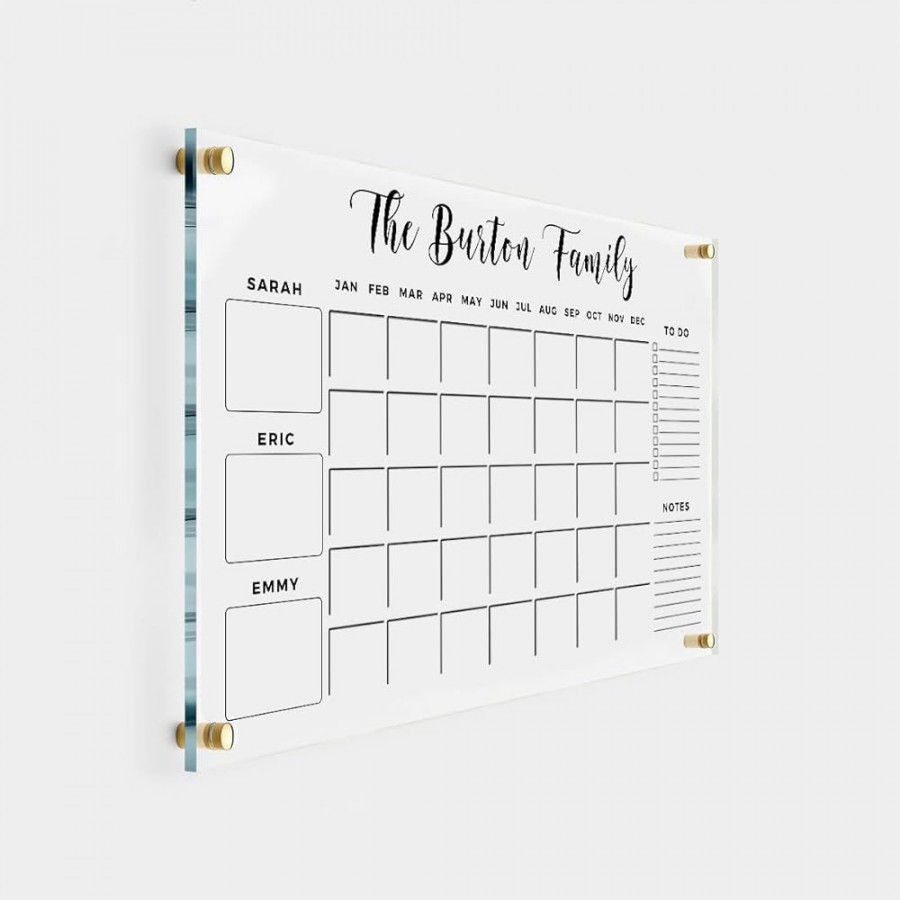Guest Post: Making the Most of Your Summer Fun(ds)— Fall Into Planning for Summer 2024 Programming
This is a guest post from AASA 2023-24 president, Gladys Cruz.

With fall now upon us, it’s the right time to organize the people and processes that will support an excellent summer of learning in 2024.
Based on its National Summer Learning Project study of large-scale programs in six districts, RAND recommends that in the fall, districts reflect and analyze data on their summer programs and commit to holding a robust summer program the following year. This provides districts ample time to start actively planning summer programming by January. A good way to initiate planning is by engaging a program director who has at least half of their time devoted to summer responsibilities. Ideally, that person can hit the ground running this month to tackle some key tasks for next summer, including:

In addition, by planning early, districts can thoughtfully identify, recruit, and encourage students who can benefit the most from summer learning and design a program tailored to their assets, needs, and interests. Here are tips for making progress on each of these three key early fall tasks:
1. Establish planning milestones and tools

Before convening the full planning committee to launch a new year of collaboration, gather the summer program leadership to map out the major milestones for the year and update any planning tools or project management processes central to the work.
Here is an example of some key planning milestones and corresponding timeline you may want to use, drawn from recommendations from the National Summer Learning Project:Send out program announcement (ASAP)Establish program dates and times (November)Develop initial budget draft (January)Select curriculum (by end of January)Launch staff recruitment (January/February)Close staff recruitment (March/April)Launch student recruitment (February/March)Close student recruitment (May)Launch professional development (by May)For more information on key tasks to complete for each of these milestones, the Summer Planning Calendar tool, found in the Summer Learning Toolkit and linked below, offers a comprehensive task list and project management tool organized by month and topic. Consider using or adapting the Calendar to anchor your summer program’s planning.

Tool – Summer Planning Calendar: Comprehensive to-do list by month and topic paired with expert guidance.
2. Collect and analyze fall student testing data and compare to previous spring testing data
At the outset of summer planning, use spring and fall benchmarking data to take stock of the learning that students may have maintained, gained, or lost over the summer months in reading and math. Such data can illuminate which skills or standards “slide” the most over the summer and provide a helpful jumping off point for planning next summer’s curricula. These data may also help you narrow down which grade levels to prioritize for summer programming.
Some districts may be able to compare spring and fall testing data for both students who attended their summer learning programs and similar students who didn’t using a matched comparison group design. If students who attended summer programming experienced better outcomes than those who are similar to them in key ways but did not attend summer learning, use that data to generate support for your summer plans with key stakeholders.
3. Convene a cross-functional planning team
Whether you are planning one program at one campus or multiple programs at many campuses, a cross-functional planning team is essential to ensuring that you attend to all important components of a comprehensive summer learning program. Key functions include at minimum finance, facilities, curriculum and instruction, food services, transportation, human resources, special education, and family engagement. Based on the student population, the planning team may also include staff like English Language Learning specialists and homeless liaisons. Depending on the size and scope of your summer planning, you may have one small planning team or a broader advisory body supported by topic-specific working groups. What matters most is that all functions are represented and that meetings are held at least monthly throughout the school year.
To launch planning, invite all planning team members to a kick-off meeting as soon as possible during the beginning of the new school year and no later than October. This meeting is an important capstone to reflect on the just-completed summer 2023 and an important cornerstone to launch planning for summer 2024.
Agenda items for the kick-off may include: Celebrate summer 2023 successes: Start by recognizing members of the planning team for their contributions. Encourage team members to share their favorite stories and highlight student work and positive student, staff, and family testimonials, incorporating program photos and videos to bring the program to life. Reflect on/confirm opportunities for improvement: Ideally, the planning team has already been part of a summer debrief to capture “glows and grows” based on student data and stakeholder feedback. Use those learnings to establish a few key priorities to guide planning for summer 2024. Determine if the planning team needs to be updated: Based on the new priorities, discuss whether to add additional voices and/or cycle some current members off the planning team. Set key milestones/dates: Preview upcoming milestones and establish responsibilities for planning team members who are key to implementation.